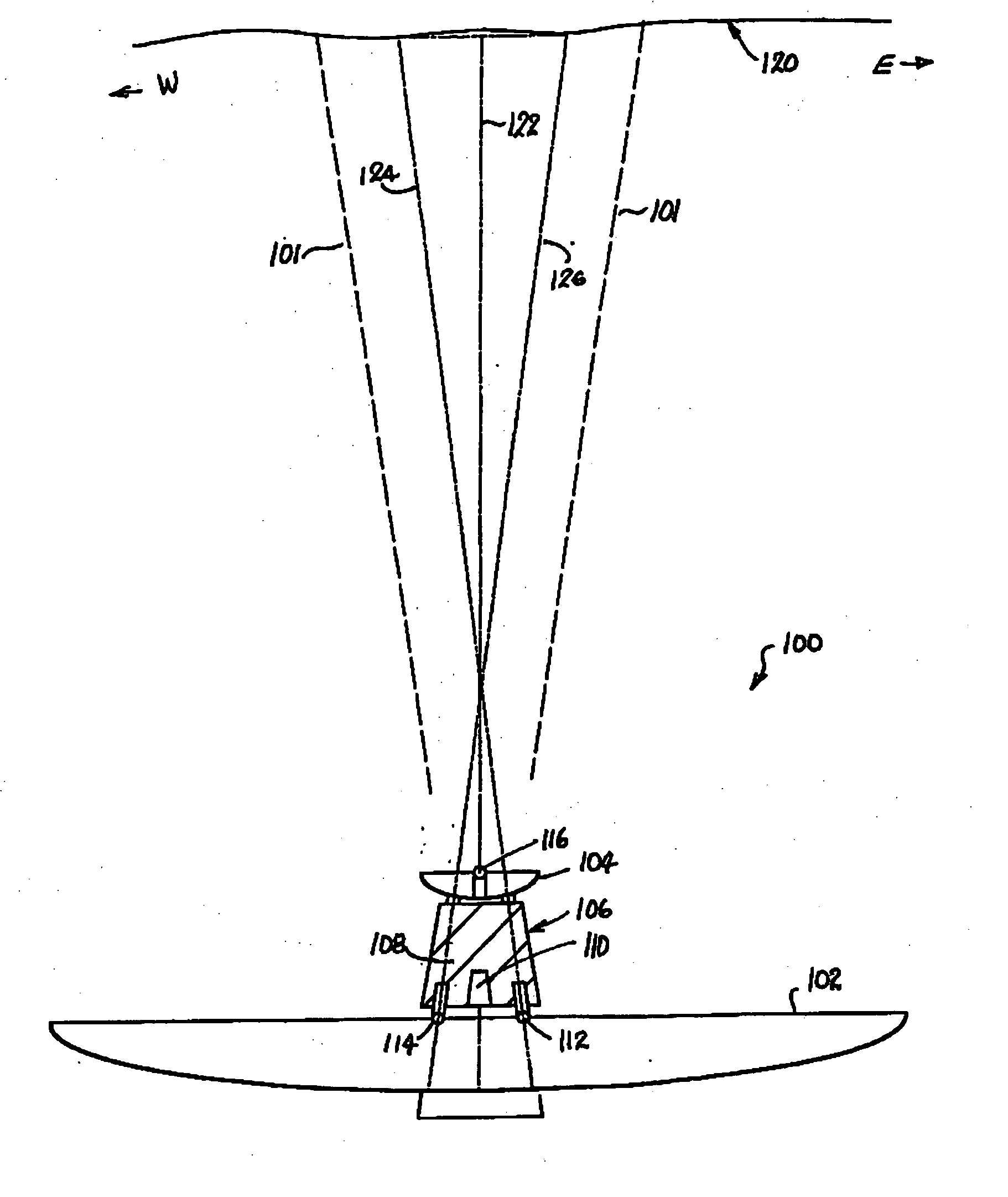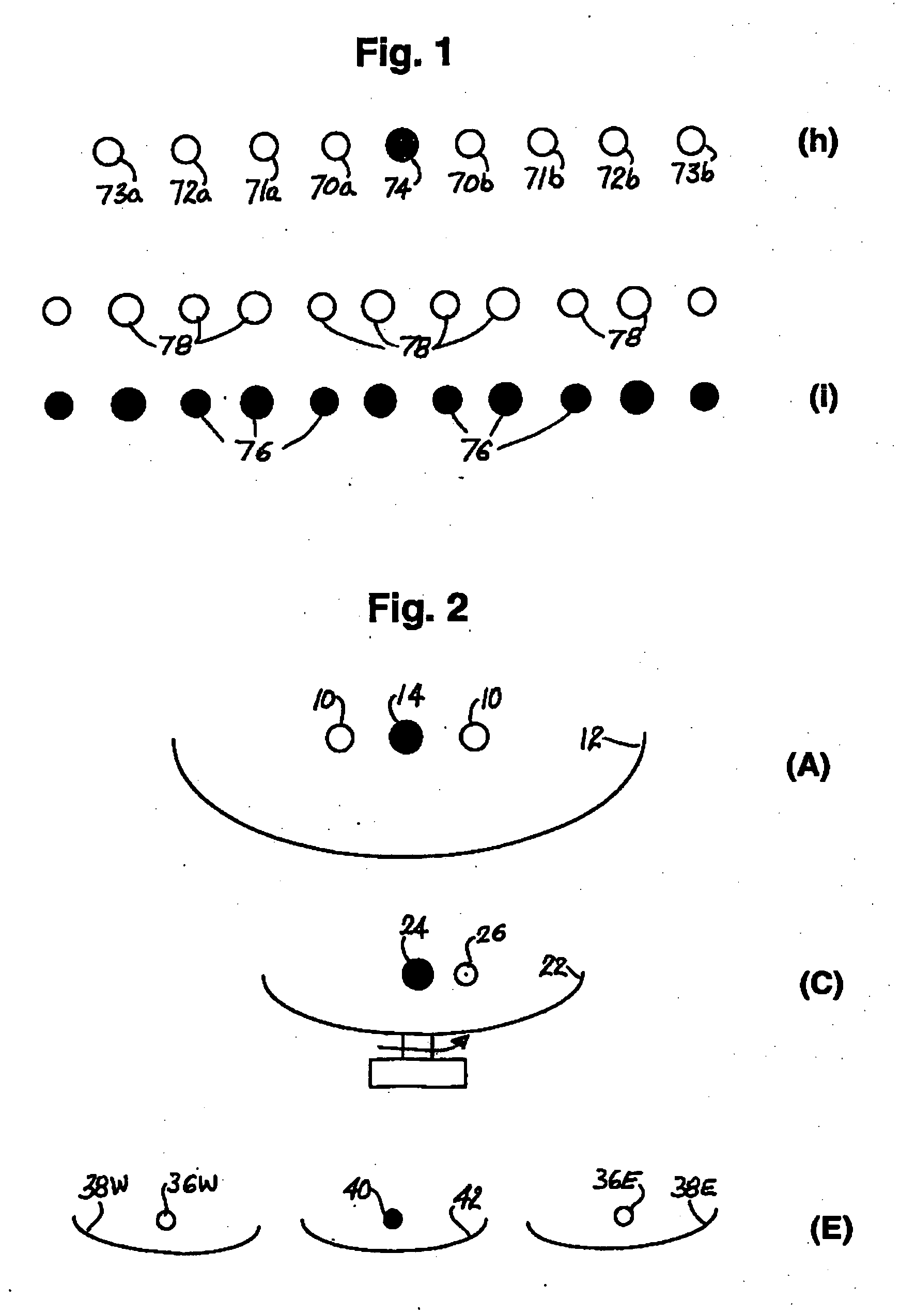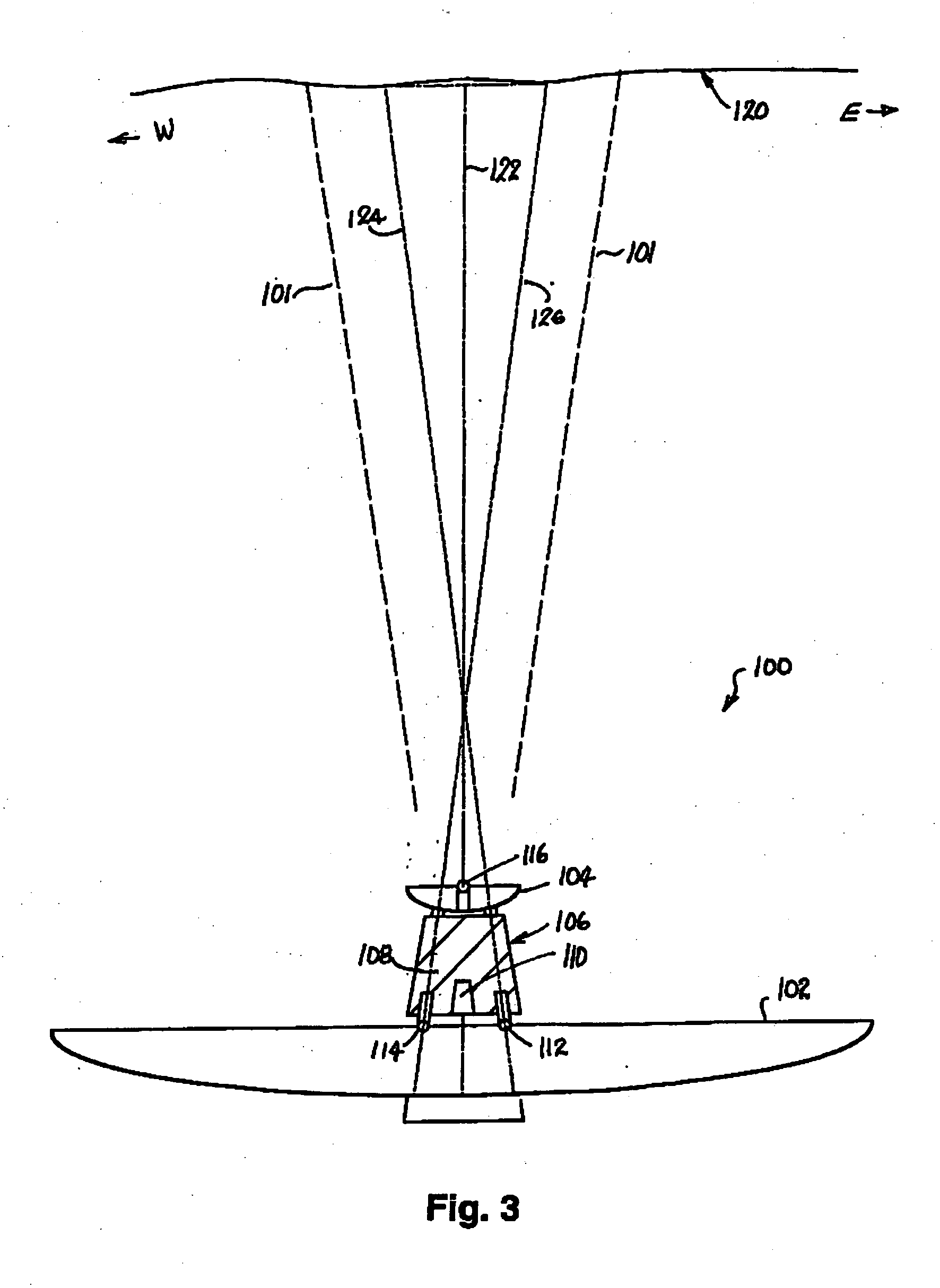Measurement of air characteristics in the lower atmosphere
a technology of air characteristics and air, applied in the direction of analyzing fluids using sonic/ultrasonic/infrasonic waves, using reradiation, processing detected response signals, etc., can solve the problems of inadequate signal-to-noise ratio, degradation of doppler sodar performance, and inability to meet the promise of methods, etc., to achieve uniform phase shift rate, convenient processing, and easy generation
- Summary
- Abstract
- Description
- Claims
- Application Information
AI Technical Summary
Benefits of technology
Problems solved by technology
Method used
Image
Examples
Embodiment Construction
[0028] Having portrayed the nature of the present invention, particular examples will now be described with reference to the accompanying drawings. However, those skilled in the art will appreciate that many variations and modifications can be made to the chosen examples while conforming to the scope of the invention as outlined above.
[0029] In the accompanying drawings:
[0030] FIG. 1 is a series of diagrammatic plan views showing selected arrangements of transmitters and receivers, the transmitters (loudspeakers) being shown as small shaded circles and the receivers (microphones) being shown as small unshaded circles.
[0031] FIG. 2 is a series of diagrammatic elevations showing co-located and separately located transmitter and receiver arrangements.
[0032] FIG. 3 is a diagrammatic sectional elevation showing the arrangement of the transmitter and receivers of the first system example.
[0033] FIG. 4 is a schematic plan of the system of FIG. 3 showing the general manner in which signals ...
PUM
| Property | Measurement | Unit |
|---|---|---|
| angle | aaaaa | aaaaa |
| angle | aaaaa | aaaaa |
| pulse length | aaaaa | aaaaa |
Abstract
Description
Claims
Application Information
 Login to View More
Login to View More - R&D
- Intellectual Property
- Life Sciences
- Materials
- Tech Scout
- Unparalleled Data Quality
- Higher Quality Content
- 60% Fewer Hallucinations
Browse by: Latest US Patents, China's latest patents, Technical Efficacy Thesaurus, Application Domain, Technology Topic, Popular Technical Reports.
© 2025 PatSnap. All rights reserved.Legal|Privacy policy|Modern Slavery Act Transparency Statement|Sitemap|About US| Contact US: help@patsnap.com



